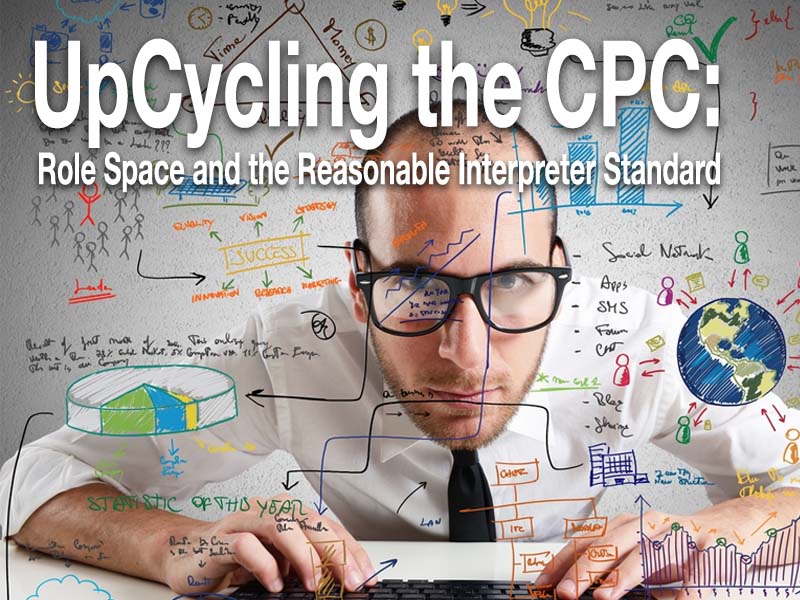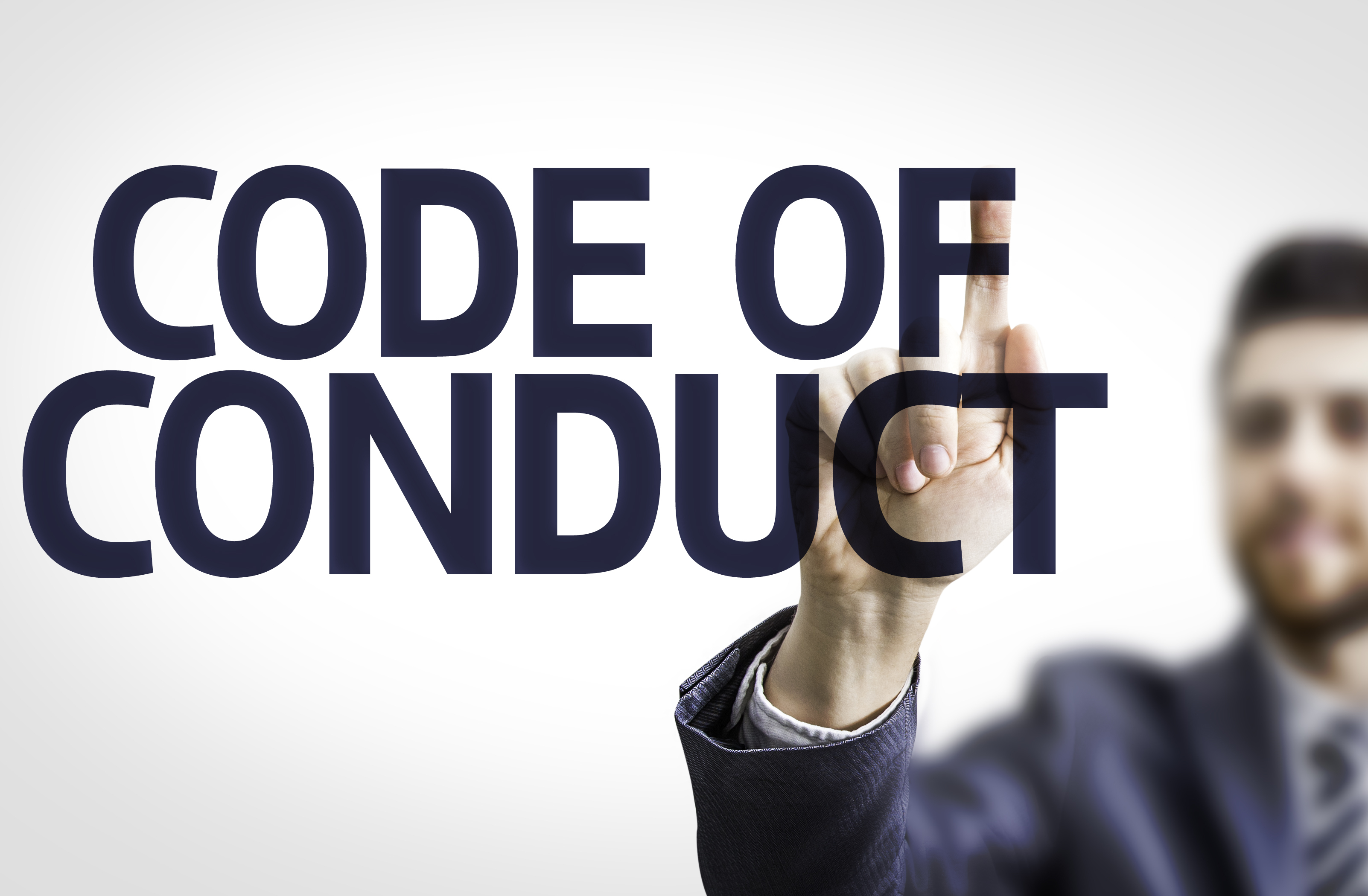
Danielle Meder discusses the responsibility of sign language interpreters when working in medical VRI environments. Since VRI is here to stay, partnering with ethically responsible VRI providers is the most effective way to improve the medical VRI experience.
In her article, Behind the Screens: The Ethics of Medical VRI & Sign Language Interpreters, Shelly Hansen discussed her perceptions of the ethical implications of VRI. In addition, she explored the most common assumptions about VRI, at times upholding stereotypes while also utilizing extreme examples of patient experiences with VRI. However, by exploring how sign language interpreters and VRI providers can work together to raise the standards and improve the patient experience, VRI will be seen as one viable option for communication access.
If You Can’t Beat ‘Em, Join ‘Em
It is undeniable that VRI is here to stay. As a result, hospitals see the opportunity to provide immediate access, increase the availability of interpreting services when on-site interpreters are not available, in addition to seeing the cost-saving benefits of VRI–and as a result, they are making it a permanent part of their language access plans. However, many hospitals are misguided when it comes to the proper use of VRI for Deaf patients. It is unrealistic to imagine all ASL interpreters refusing to work for VRI providers in an effort to drive VRI out of medical environments. Therefore, it becomes the practitioner’s responsibility, when exploring VRI employment, to take positions with ethically responsible VRI companies; VRI companies where sign language interpreters have a voice and Deaf patients are respected.
Ethically Responsible VRI
It may seem like an oxymoron, but ethically responsible VRI companies do exist. Just as sign language interpreters vet any number of companies/organizations they work for, purchase from, or have relationships with, they can also do so with VRI companies. This vetting is not only from the perspective of potential employees but also as allies to the Deaf community. If local hospitals and clinics are going to use VRI, then it is imperative that VRI providers in local hospitals are working with Deaf patients.
As professional sign language interpreters, we should be asking VRI providers if they do the following:
- Offer CDIs on-demand
- Empower VRI interpreters to advocate for onsite when VRI is not effective or appropriate
- Hire experienced and trained sign language interpreters in both medical and mental health vs. general practitioners
- Provide training to hospital staff on how to utilize the VRI equipment
- Offer cultural sensitivity training for providers when working with Deaf patients
- Adhere to all national and state licensure laws for sign language interpreters
- Provide readily accessible tech support to sign language interpreters and providers
If a VRI provider cannot answer ‘yes’ to the full list above, then practitioners are faced with two options: to not accept work from them or to accept work in an effort to help develop ethical business practices from within the company. Further, it’s important to include local Deaf communities in the conversations in order to limit the ill-prepared VRI provider’s presence in local medical facilities until they change their practices.
VRI Does Work/VRI is Not One Size Fits All
Unfortunately, there are a number of cases where VRI hasn’t worked, and the fallout has been devastating for patients and their families. There are also cases where unqualified onsite sign language interpreters have been hired, as well as medical encounters where no sign language interpreter (onsite or via VRI) has been procured. These situations create equally damaging results. Communication disasters are not exclusive to VRI, and while onsite is best, it’s not a guarantee of quality or effectiveness.
Most commonly, it is said that VRI ‘will do’ until an interpreter shows up on-site or only in a dire emergency room visit, yet there are plenty of times where VRI does work beyond the emergency room. It’s also important to note that VRI is used at the patient’s request, too. Patients are requesting VRI when they want privacy from their local interpreting communities; when they want an appointment this week instead of in two weeks when the first available onsite interpreter can be booked; when their local interpreters aren’t experienced enough; or when they want a CDI for their appointment and their local community doesn’t have or has a limited number of CDIs.
Frozen Screens and Dropped Calls Do Happen
One very real and unacceptable aspect of VRI is that frozen screens, heavy pixelation, and weak internet connections make communication cumbersome, at best, and often impossible. This can also lead to potentially dangerous health care results. It is the responsibility of the hospitals to provide a stable, secure, and strong internet connection. When sub-par internet connections are used, VRI providers, sign language interpreters, and Deaf patients must demand medical facilities invest in fortified internet services for VRI to even have a chance at providing effective, quality communication access. Without a robust Internet connection, even the best sign language interpreters will, in essence, have their hands tied. Again, if VRI is not going away, then it must be properly deployed on all fronts, and sign language interpreters can have a strong influence on that deployment.
ACA Section 1557
“Covered entities are prohibited from using low-quality video remote interpreting services or relying on unqualified staff, translators when providing language assistance services.”
“Providers’ required to give ‘primary consideration’ to the choice of an aid or service requested by the individual with a disability.”
These two statements are linchpins in the Affordable Care Act when it comes to language access. The first statement is the provision that holds providers responsible for quality and effective language access while the second statement is the provision that is most misunderstood and misused when defending the right to an onsite interpreter.
At one point last year, social media sites were ablaze with the phrase “primary consideration” and what that meant for patients. What many thought it meant was providers had to honor the patient’s preference for onsite sign language interpreters. What it means is that providers must consider a patient’s preference, however, if VRI offers effective communication access, then VRI can be used in lieu of an onsite interpreter (ACA Effective Communication). While a patient may want an onsite interpreter because they prefer it to VRI, preference is not a protected right; quality and effective communication is a right. Reasons onsite interpreters must be arranged, and VRI should not be used are when a patient is:
- Low vision and/or blind
- Experiencing a highly traumatic incident
- Experiencing a psychotic episode
- In a physical position or condition that prevents them from easily seeing and communicating with the interpreter
- Case sensitive pediatric encounters
- Not able to communicate because technology is not working reliably
- Participating in group therapy
There are also case-by-case instances where VRI is not suitable.
I highlight this to further make a point; although VRI is not appropriate for all situations, it is not going away. Therefore, medically experienced video remote interpreters have a multi-layered responsibility. They must provide clear and effective interpreting, while also skillfully explaining to the provider, using healthcare terminology, why VRI is not appropriate for a given situation. Finally, the interpreter must advocate for onsite sign language interpreting services.
In Need of Standards
Currently, the only provisions in place for VRI are the terms ‘quality’ and ‘effective’ as put forth by the Affordable Care Act (ACA) and the Americans With Disabilities Act (ADA). No industry-wide screen size minimums exist, no mandatory medical interpreter certifications, nor experience requirements are in place. Additionally, no internet standards for medical facilities, nor protocol where VRI should not be used are set. At this time, the National Association of the Deaf (NAD) has written a position paper, and each VRI provider has their own business practices that may or may not align with NAD.
Much like courtrooms across America that have policies, rules, or laws in place which require sign language interpreters to be trained, vetted, and certified to work, medical facilities need to take the same approach when it comes to language access. The ACA made great strides when it stated that family, minors, and bilingual staff may not work as interpreters with patients. However, there is still work to be done to standardize what it means to be a medical interpreter whether onsite or in a VRI setting.
VRI and the CPC
All of the CPC tenets below can be honored and maintained while working in VRI with ethically responsible VRI companies. Sign language interpreters can assess the consumer needs and advocate for effective communication from the moment a VRI call begins through its completion.
2.0 Professionalism:
2.2: Assess consumer needs and the interpreting situation before and during the assignment and make adjustments as needed.
3.0 Conduct:
3.1 Consult with appropriate persons regarding the interpreting situation to determine issues such as placement and adaptations necessary to interpret effectively.
6.0 Business Practices:
6.3 Promote conditions that are conducive to effective communication, inform the parties involved if such conditions do not exist and seek appropriate remedies.
6.5 Reserve the option to decline or discontinue assignments if working conditions are not safe, healthy, or conducive to interpreting.
Further, advocacy should also extend to the leadership and management of the VRI company which, if their priorities are properly placed, will work with the medical facilities to educate them on the proper use of VRI.
Final Thoughts
The VRI industry is booming right now, and sign language interpreters are faced with the choice to accept employment opportunities within VRI or resist on principle. If we, as sign language interpreters and allies to the Deaf community, want to protect communication access in medical environments, then it is our duty to hold providers responsible for ethical practices. We know VRI is going to be one of the communication tools medical providers use, so we must work with ethically sound VRI providers to ensure quality and effective communication access is the top priority for all parties involved.
Guest Translator – Mistie Owens, BA, CDI, QMHI, YMHFAI, has been serving the local Deaf community as a CDI since 2011, although she remembers interpreting from her early youth. Dedicated to the healthcare field, she is employed by InDemand Interpreting and holds certifications as a Qualified Mental Health Interpreter and Youth Mental Health First Aid Instructor; her work in Mental Health and related disciplines are her passion. She resides near Salt Lake City, Utah with her husband and rescue dogs.
Questions to Consider:
- What committees or advocacy groups are in place that are working to create industry standards for language access and VRI?
- Who is holding VRI providers accountable when they negatively contribute to ineffective and unsuccessful medical encounters?
- How can ASL interpreters work within their own communities and with existing VRI providers to raise standards in language access in ways that honor Deaf patients while respecting legal and fiscal considerations?
References:
Hansen, Shelly. “Behind the Screens: The Ethics of Medical VRI & Sign Language Interpreters” StreetLeverage. N.p., 22 March 2017. Web. 24 April 2017.
Registry of Interpreters for the Deaf, Inc. “NAD_RID Code of Professional Conduct.pdf.” Www.rid.org. N.p., 2005. Web. 21 April. 2017.




